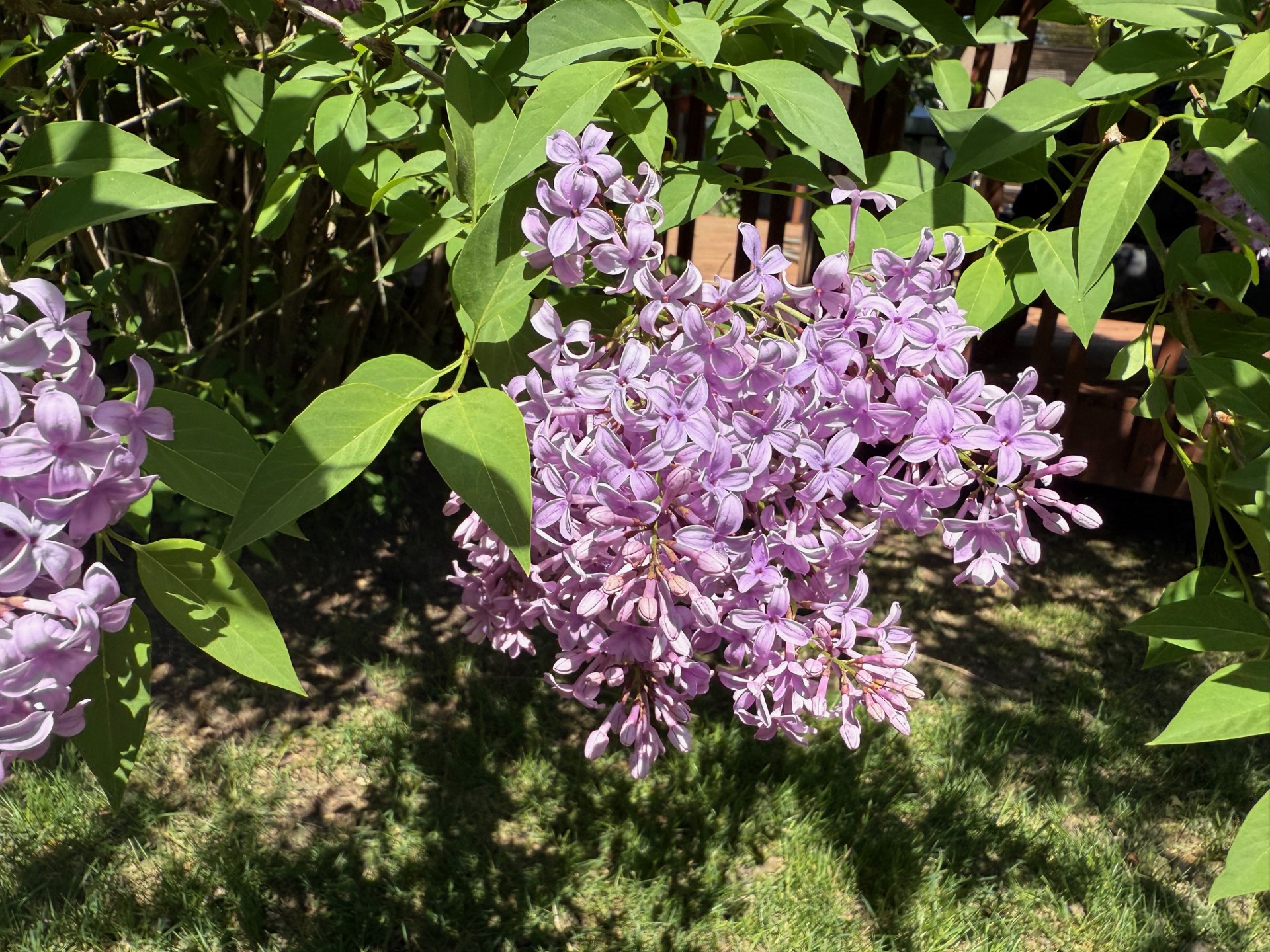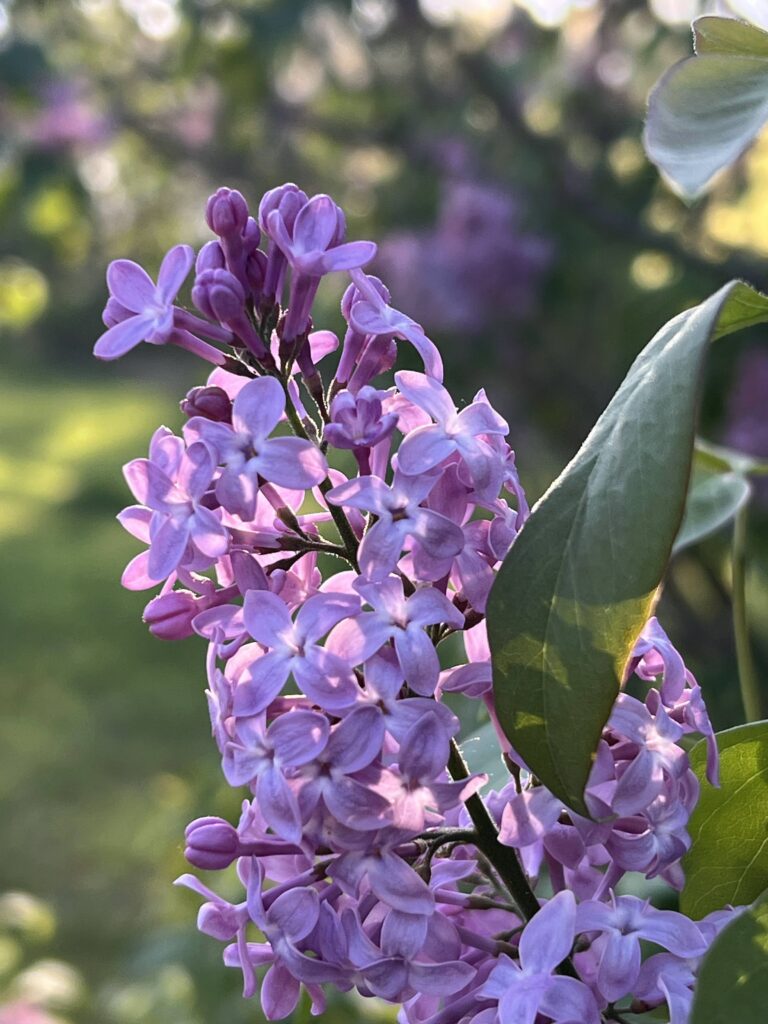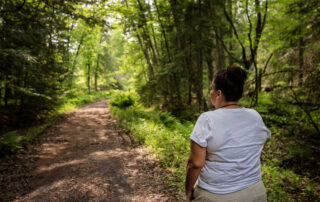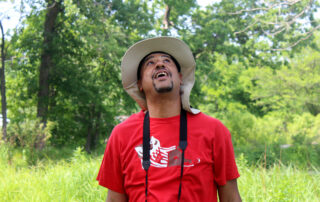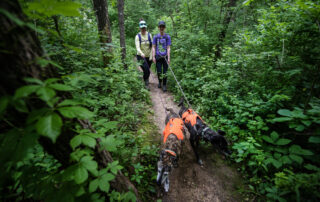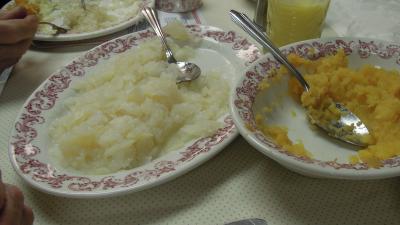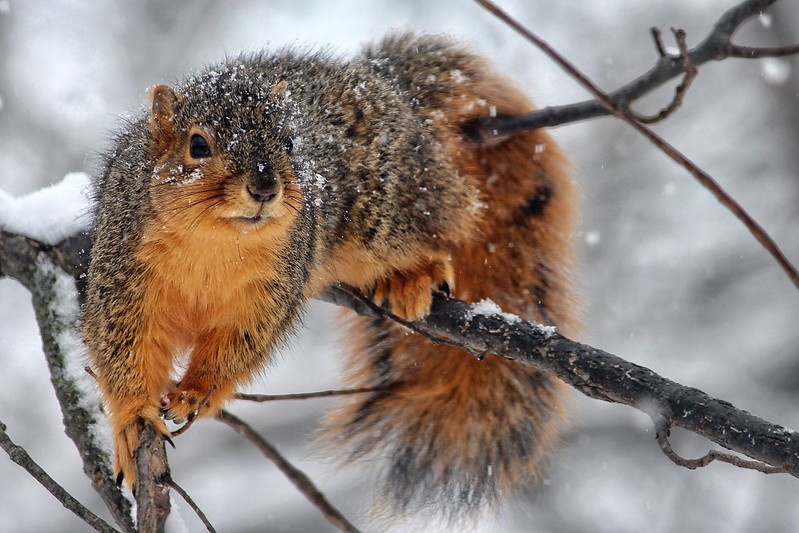Spring has a way of energizing the five senses. And when it comes to the sense of smell, there are a few scents that we only have a brief time to enjoy, like the lilacs. Author Chris Hardie brings us this essay, “Lilacs: The sweet smell of spring.” It’s featured in his book, “Back Home: Country Tales Through the Seasons.”
‘Lilacs: The sweet smell of spring’
“The smell of moist earth and lilacs hung in the air like wisps of the past and hints of the future.”
– Margaret Millar
“Lilacs are May in essence.”
– Jean Hersey
“When lilacs last in the door-yard bloom’d,
And the great star early droop’d in the western sky in the night,
I mourn’d–and yet shall mourn with ever returning spring.”
– Walt Whitman
There are a few magical weeks every May where Mother Nature’s perfume fills the air.
She wears essence of lilac, an intoxicating and alluring fragrance. It permeates our souls, lifts old hearts and washes away her winter cruelty.
It is the smell of spring.
Some springs our lilac season is cut short when Mother Nature decides to give us a late frost, depriving us of her sweet fragrance. Such was the case last year when a hard freeze in mid-May killed most of the blossoms on our lilacs and on our apple trees.
Although we’re still flirting with frost, she’s made up for it this year. Our lilacs and those around the countryside seem to be in spectacular bloom. Or perhaps I’m just noticing it more this year.
We can thank the European Balkan countries for bringing us the lilac, which comes from the Persian word meaning “bluish.” The common lilac is called Syringa vulgaris and has florets with four petals that grow in clusters called panicles. Lilacs are a member of the olive family, similar to other ornamentals like forsythia and privet.
Anyone who has transplanted lilacs know how incredibly hardy the plants are. They were carried along the trading routes from the Ottoman Empire into Europe by the late 1500s and then brought to North America by settlers.
George Washington and Thomas Jefferson grew lilacs. New Hampshire designated the purple lilac as its official state flower in 1919 because it symbolizes the hardy character of the citizens of the Granite State. Lilac bushes can live for hundreds of years. Lilac essential oil has medicinal value and it is used in aromatherapy to fight depression and increase relaxation.
I always remember having lilacs on the farm. Twenty years ago, my wife, Sherry, and I dug up some sucker plants from a stand on a nearby homestead farm. Those have now spread into an impressive lilac hedge in front of our house.
We enjoy the flowering crab trees and the blooms on the wild plum and other fruit trees as well. The pinks, purples, reds and whites brighten the greening landscape.
But I prefer the lilac. Perhaps it’s because I admire its tough nature. Ours have survived drought, 45-below-zero temperatures and everything else and yet have endured and flourished. We need that kind of fortitude in Wisconsin.
Since lilacs are not native to North America. When you see stands of lilacs in the country, someone planted them. Since they live so long, they are a great clue to locating where there was once a farmhouse or some kind of human activity nearby.
Sometimes when I see a lilac hedge in the middle of nowhere, I wonder about who planted them, what lives they led and why they left. Perhaps the long departed return on warm spring nights to savor the sweet bouquet, if only for a moment.
It only seems like a moment when the lilacs bloom.
Life moves fast and soon it will be summer.
Be sure to stop and smell the lilacs.
Editor’s note: Author Chris Hardie also appeared on WPR’s “The Larry Meiller Show” to talk about his new book, “Back Home: Country Tales Through the Seasons.”
